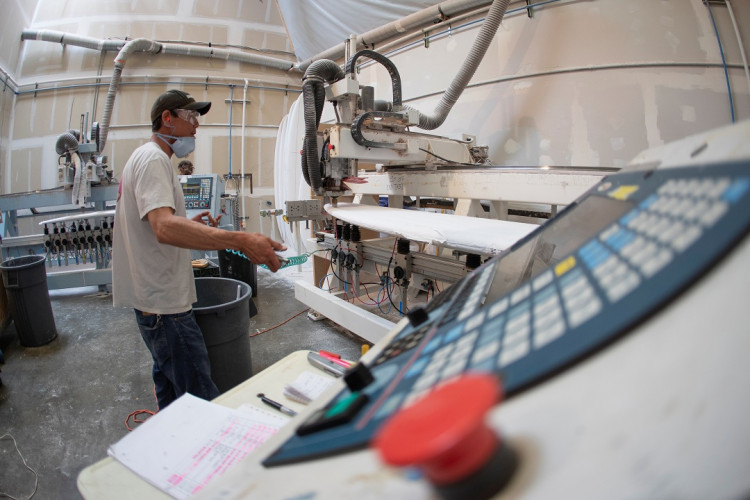The three-year expansion of the US' manufacturing sector has now come to an end. The Index from the Institute for Supply Management had shown that the country's manufacturing sector had contracted for the month of August, the first decline since 2016.
In August, the ISM U.S. manufacturing Purchasing Managers' Index had dipped to 49.1 percent. This was the lowest reading for the sector in more than three years. Points above 50 percent suggest expansion, while points below 50 percent suggest a contraction.
The contraction in August officially ended the US' 35-month expansion period. The average PMI for the past three years has hovered around 56.5 percent. Apart from the manufacturing sector, other sectors such as production and employment also reported contractions during the same month.
The ISM' new export readings hit a new low not seen since April 2009. While the ISM showed a clear contraction, readings from the HIS Markit do show a slight expansion. The data, which was released on Monday, showed the US manufacturing PMI for August to be 50.3 percent. The above 50-reading was, however, the lowest reading since September 2009.
The reading had sparked new fears amongst investors of a possible start of an economic recession in the United States. The report also hit the stock market hard, with major indexes and equities feeling the heat during this week's trading.
Following the release of the reading, the Dow Jones Industrial Average lost more than 300 points, extended previous losses incurred due to the ongoing trade turmoil.
According to Timothy Fiore from the ISM Manufacturing Business Survey Committee, the ISM data has raised additional fears amongst investors who are already worried about the US-China trade dispute.
The trade tension between both nations is clearly the major factor that has caused a contraction in new export orders. This has resulted in a major decline in the manufacturing sector, an industry that US President Donald Trump has been trying to bolster since he became president.
The Trump administration officially slapped a new set of tariffs on over $112 billion worth of Chinese imports on Sunday. The tariffs affected a myriad of everyday items such as footwear, smartwatches, and flat-screen televisions. Around the same time, China imposed its own tariffs on all US crude oil imports to the country.
As the trade dispute continues to escalate, analysts are now looking to the Fed to impose measures to help the country's economy. According to the chief economist at Natixis, Joseph Lavorgna, the country's monetary policymaker will have to swoop in to avert the rapidly declining economic outlook.






